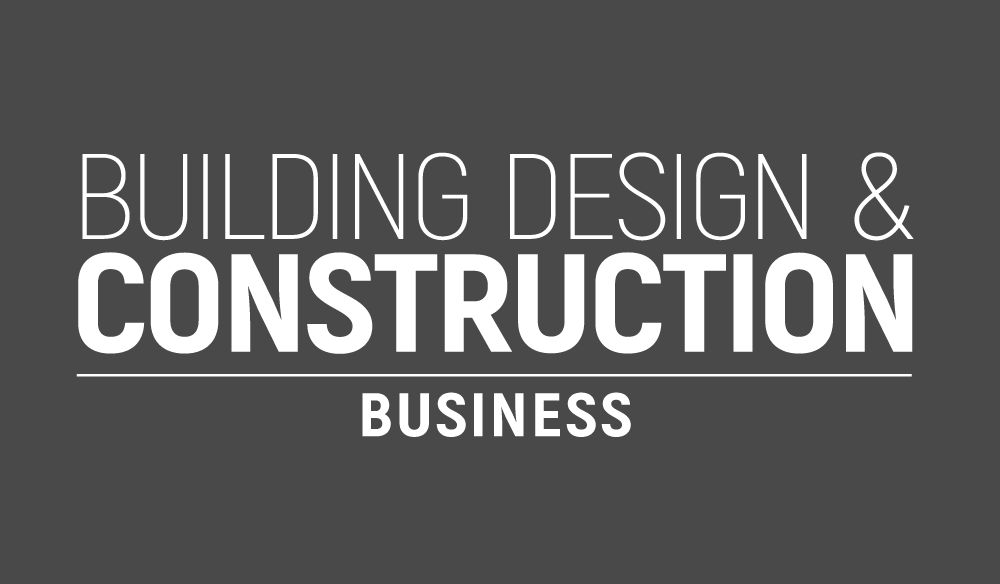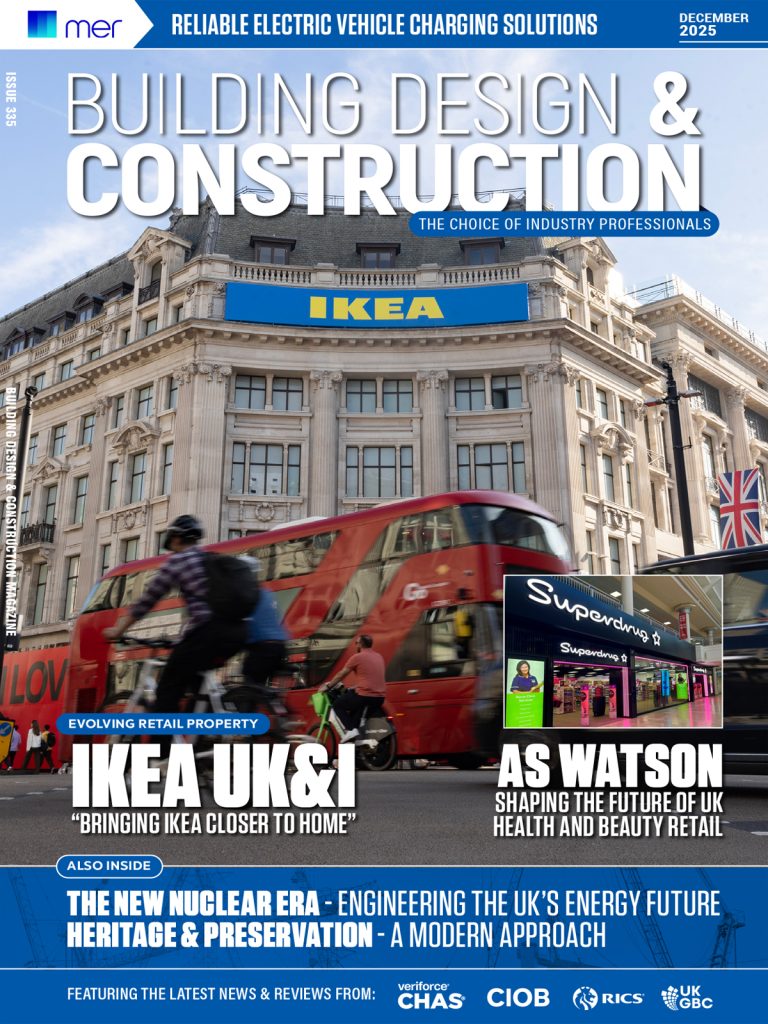Running a construction company comes with many challenges. One of the biggest ongoing challenges is managing all the costs. Construction projects come with a range of expenses that need to be budgeted for. This post details some of the main ongoing costs and how to afford them.
Materials
Most of a construction company’s budget is spent on materials – it can be anywhere from 30% to 70% depending on the type of project. This is the area where focusing on savings is most essential – and there are many ways to do this.
Taking the time to shop around for supplies and knowing how to negotiate pricing can help you to save huge amounts of money on materials. Many suppliers offer bulk discounts or off-season discounts, which could be worth considering depending on the size and timing of the project. If you have flexibility to choose between materials, this is always worth considering – for example, the different costs of different types of timber can vary a lot, but it’s important to remember that each timber has its own unique traits, and that certain woods may not always be suitable.
Avoiding material waste is also key. It’s important to accurately estimate how much you need so that you haven’t got too much excess materials. Of course, excess materials may be possible to sell or reuse in future projects (in the latter instance, you will need somewhere to store them safely and securely).
Labor
A significant amount of spending is likely to go into your workforce. On top of the wages and salaries of your workers, you need to factor in costs such as health insurance, retirement plans, overtime pay, worker’s compensation coverage and recruitment costs.
There aren’t many ways that you can feasibly cut the cost of labor. In fact, offering good wages and benefits is often key to attracting the best skilled workers out there and preventing a high turnover of staff. Therefore be prepared to invest heavily into this area.
When building a team of employees, consider focusing on workers with core skills. For specialist skills, it is often better to outsource contractors. Electricians, glaziers, plumbers, roofers and crane operators are some of the most commonly outsourced roles.
Vehicles
There are many types of construction vehicle that you may need to invest in. This includes dump trucks, excavators, bulldozers, loaders and cement mixers.
Construction vehicles can be bought on finances, leased or hired short-term. It’s best to only buy or lease vehicles that you are likely to consistently need from project to project. Many construction companies buy used vehicles, but it is important that you don’t buy vehicles that are too heavily-used as they may require more repairs in the near future.
Vehicles that you own will need to be well maintained and you will need to make sure that you take measures to conserve fuel (such as never leaving the engine running when a machine is not in use).
Equipment
Vehicles are the most expensive type of equipment that construction companies require, but there are many other types of equipment to consider too ranging from tools like hand drills to PPE.
The individual costs of each of these items of equipment may be relatively cheap, but it can all add up. As with vehicles, you can buy, lease or hire this equipment – and when buying it’s best to focus on tools you consistently need and to choose gently used tools only. Hire specialist tools that are only needed for one-off jobs or hire contractors who can provide these tools for you.
Insurance and bonding
There are many risks that construction companies need to consider covering such as employee injuries, third-party injuries, damage to property, construction errors and missed deadlines. Having adequate insurance and bonding in place is often key to not just covering disasters but also securing the trust of clients.
Insurance and bonding costs should be included into project bids. It’s important to shop around when choosing insurers to work with and to regularly reassess what deals are out there and switch when a policy comes to its end. Working with an insurance broker may help you to access cheaper deals but you should factor in broker fees.
Conclusion
There are many other costs that are involved with running a construction business such as software for admin tasks and marketing fees. However, the above costs tend to be the biggest and are the ones that can have the greatest impact on your profits or losses. Focus on these costs when pricing project bids and when looking for ways to save money.





